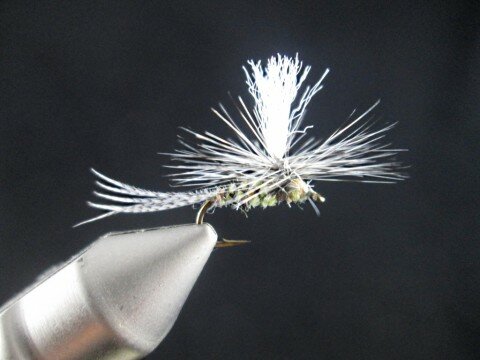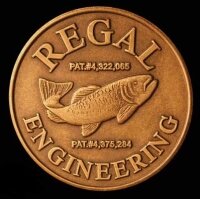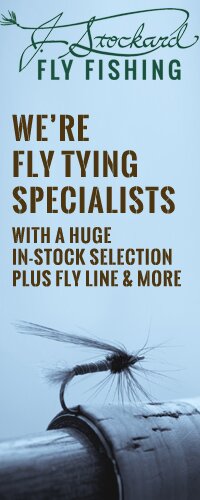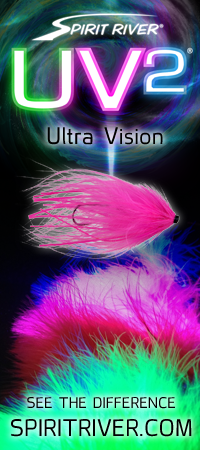Hook: Mustad 94840 size 10-12
Tail: Spirit River Mallard Flank – natural
Body: Spirit River UV2 Fine & Dry Dubbing – PMD
Rib: Danville’s 3/0 Monocord – dark brown
Post: Hareline Poly Yarn – white
Hackle: grizzly
Thread: Veevus 16/0 – tan
In my previous post, Back from Grayling, I posted about my return from the Au Sable River and I posted a photo of my dry fly floating in the river. That fly is what I now call Beel’s March Brown. The first night we arrived my step-son and I went down to the river. It was late in the evening, we were tired from the drive and didn’t have everything unpacked, but I at least wanted to see the stretch of water I would be fishing that week. I was ecstatic to see mayflies everywhere! We collected some specimens so I could see what fly we could try the next day.
Upon examination I really wasn’t sure what we were dealing with. It wasn’t yellow enough to be a sulfur and it didn’t look like a drake. It was a pale yellow or similar to cream, but it had brown on its back portion, with the tail having brown stripes and the legs were the same color. The wings were see through except outlined in black lines. See this link: http://www.troutnut.com/fullsize/picture-im_regspec/1897
I explained this to Josh Greenberg at Gates Au Sable Lodge fly shop the next day and he pointed it out in a book and nailed it. The hatch I was experiencing was March Brown Spinners. Josh said they have seen more March Brown Spinners this year than ever before.
I didn’t think the flies they had at the shop matched what I was seeing very well. The closest I saw was a Roberts Yellow Drake. That evening I fished a Borchers Special to see if the fish would like that. I caught one fish.
I went to work late that night on the vise. I wanted to design something that compared to the look of the March Brown Spinners. I decided to make it a parachute for the floatability aspect. I struggled to find materials that matched the body. I finally noticed in my Spirit River dubbing dispenser that the PMD mixture matched the body of the March Browns really well. It does have a tint of green, but it had the yellowish with a dab of brown that closely matched. To add segmentation and more brown, I used dark brown thread and crisscrossed the thread wraps over the body. Many classic Michigan dry flies have crisscrossed thread so that was a no-brainer for me. The hackle I chose because I thought it gave the same look as the wings and the legs.
The big test came the next evening. My step-son was fishing with me and I gave him one too. We caught fish after fish with the new fly. This led to primarily using this fly the rest of the week. I even caught a couple smallmouth bass during the day on it when the hatch wasn’t on.
I would highly recommend this fly if you are fishing during a March Brown Spinner hatch and even if you’re not. It does an excellent job mimicking the hatch it was designed for, but it can also be used at other times.
















Needless to say, you’ll probably never travel without a small tying kit after this experience.
Haha, yes, exactly!